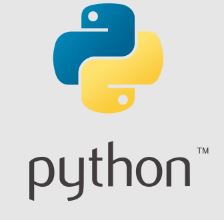Mastering the Basics of C Programming: Understanding the Structure of a C Program
C programming serves as a foundational language in the world of software development. Before diving into the intricacies of C, it’s essential to grasp the fundamental structure of a C program. In this article, we will explore the basics of C programming and dissect the structure of a C program, providing real code examples for hands-on practice.
Why Learn C?
C is a versatile and influential programming language known for its efficiency and portability. It forms the basis for many modern programming languages and is widely used in systems programming, embedded systems, and software development. Understanding its structure is crucial for any aspiring programmer.
Anatomy of a C Program
A typical C program consists of several components:
1. Preprocessor Directives:
- These lines begin with a hash symbol (#) and include directives like
#includeto include libraries and#definefor defining constants. For example:
2. Function Declaration (Optional):
- You can declare functions that your program will use. The
mainfunction is the entry point of a C program and is mandatory. For example:
3. Main Function:
- The
mainfunction is where the program execution begins. It should return an integer value to indicate the program’s status (usually 0 for success). For example:
4. Statements and Expressions:
- Within the
mainfunction, you write statements and expressions to perform tasks. For example:
5. Comments:
- Comments are used to add explanatory notes to your code. They are preceded by
//for single-line comments or enclosed between/*and*/for multi-line comments. For example:
Real-World Example: Calculating the Area of a Circle
Let’s create a simple C program to calculate the area of a circle using the formula Area = π * r^2. We’ll include preprocessor directives to use the standard I/O library for input and output.
In this example, we use #include to include the <stdio.h> library for input and output functions. We define the constant PI, declare variables, take user input for the radius, and calculate and display the area of the circle.







